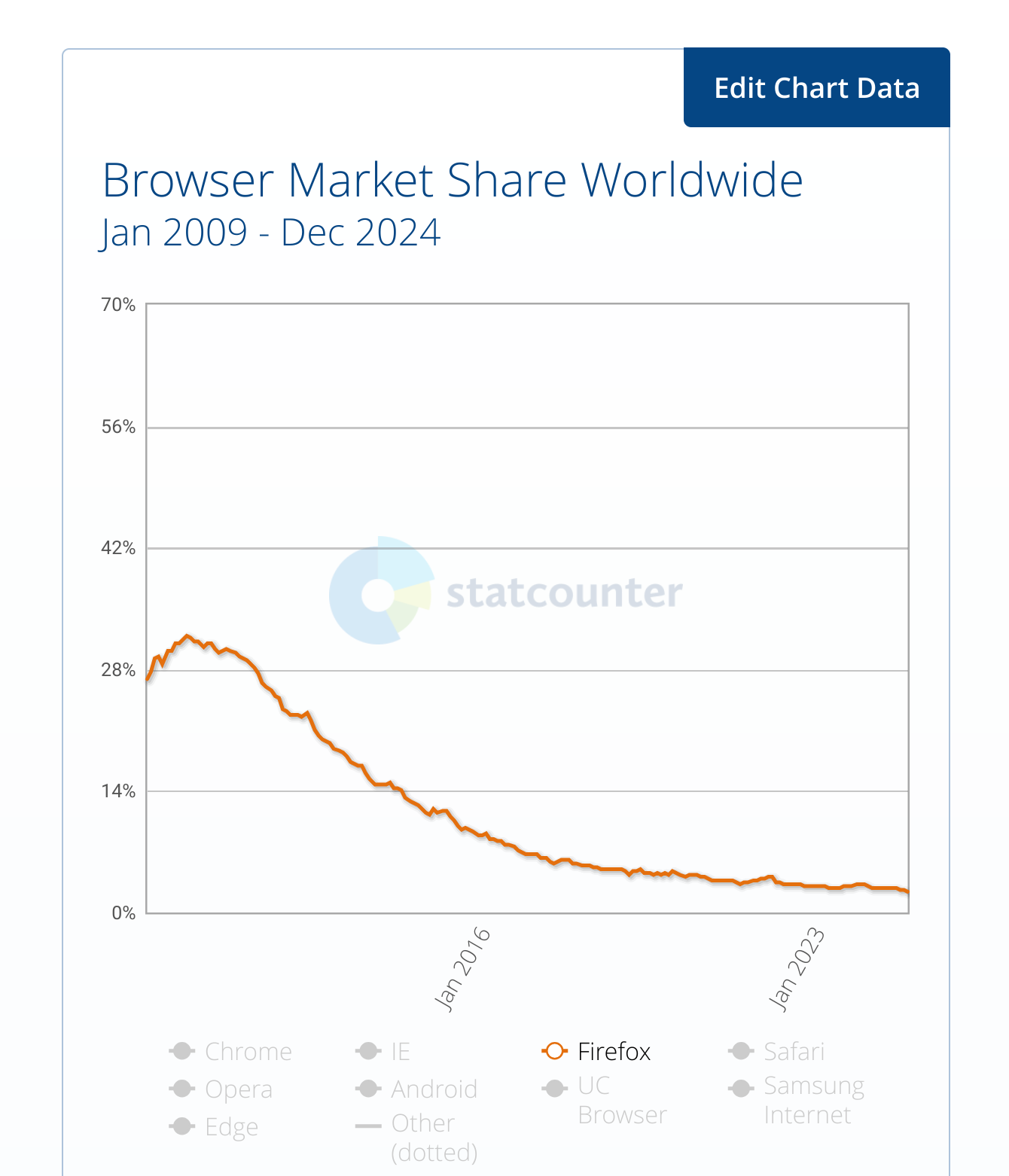Can also confirm. I’m just the opposable thumbs holder for my cat’s selfies.

Can also confirm. I’m just the opposable thumbs holder for my cat’s selfies.



Why are the flags in the thumbnail so messed up? Lol
The USSR flag is showing on the China bar. A Chinese flag is showing on the Russia bar. We can assume the French flag is incorrect because that flag is showing up on a bar labeled with -tan or -can. I’m guessing Pakistan? This, assumably, makes the Pakistan flag hiding behind the clipart bomb.
A lot of airports have detailed, and sometimes even interactive, maps online. If I’m hitting an airport I haven’t been to yet, I’ll always take a look at the map to see where I’ll be coming into the airport and where I’ll departing.
As others have touched on, having the flight ticket and photo ID immediately available to hand to airport security / Customs is going to help get through the process faster.
Almost all airport security has a little bit of a different layout, but the process is mostly the same. Queue up and wait your turn for an available Security or Customs agent. Sometimes staff are directing people which agent to go. Most times the agents will be yelling out for the next person. Be ready to hand them the ticket and/or photo ID. Customs will ask some basic questions like “Where are you headed?” “Business or Pleasure?” or they’ll ask if you’re bringing anything with you to declare (mostly talking about sealed food/drink items).
Next usually comes the metal detectors and luggage search. You’ll place your stuff in bins. Use as many bins as you need for your electronics, shoes, things in your pockets, carry-on, etc. Follow directions to queue up. Once you’ve been scanned, Security may ask you to step to the side and they’ll run a wand around your body. This is pretty rare and usually doesn’t happen.
After that, wait for your bins to come down the conveyer and you’ve passed imo the most stressful part of flying.
The most interesting Arrivals security I had to go through was in Mexico. They have everybody press a button in big room. If the light turns green, you’re good to go without being checked. If the light turns red, you’re in for a quick security check lol
I prefer to find my gate first before wandering around to look for food or go to the bathroom. I’m usually 45-60 minutes early for my first boarding time just to make sure I know where things are at, then I grab a little food if I’m hungry.
Depending on the size of the airports, it may feel a little overwhelming. Each gate has a desk staffed by the airline. Feel free to ask them any questions or ask any of them for directions. One thing I’ve found is that the airline’s app is usually more up-to-date with information than the screens or, sometimes, even staff. Once, I was able to notify the desk staff of a gate change before even they knew about it (very rare). Another time, I got a notification of delay just a few minutes before the screens updated the flight status.
If you give yourself enough time, everything will go smoothly.
Thanks, I’ll be checking this out for sure. I’ve been needing a good browser overlay to show DPS meters in FFXIV after switching from Windows to Bazzite. The available options weren’t working out for me and this looks like it’ll suite my needs perfectly.
May be a bit late now, but due to the potential universal nature of this, a name change to something more generic might be good. Just a thought!


There are many types of switches. The inner workings of a mechanical keyboard switch are just one example of them.
Here are some links to help understand what’s happening in a keyboard switch and the different types of switches.
Types of switches (general):
https://www.electronicshub.org/switches/
Difference in keyboard switches (with animations):
https://www.thekeyboardco.com/blog/index.php/2012/12/an-introduction-to-cherry-mx-mechanical-switches/
A (maybe) over-comprehensive guide to keyboard switches:
https://switchandclick.com/mechanical-keyboard-switch-guide/
I would give their issue tracker a check. I searched “4.3.2 crash” and found several results that sound related to your issue. You can use the following link to get to the issue tracker query right away:
I would recommend running the LTS version which stands for Long Term Support unless there’s something really needed in 4.3 for a project. If that’s the case, then try an experimental release to see if your issue has been resolved. The following link will take you to the LTS releases:
Check out Netdata or Zabbix.


Some context from the article was left out of OP’s summary:
The department said inmates would work cutting fire lines and removing fuel from behind structures to help slow the spread of the blazes - as well as serving in wider support roles at the camps, including cooking, laundry and water treatment plant operation.
Some further, even more important context from the original CBS article mentioned in OP’s article can be found here:


Warframe has gotten so much better since 2020. I highly recommend coming back for a bit just to do the new quests. All your stuff will still work great in the new content. In fact, it’ll work better now that other damage types are way more viable. No longer have to mod everything viral/slash/heat.
You’re free to be overwhelmed, whelmed, or underwhelmed in any country! It’s just uncommon to remove any prefix from whelm.
There’s also overwhelm as well! Cool thing about most prefixes in English is that they can be changed out for other prefixes or completely removed. Though, one wouldn’t quite hear somebody say antiwhelmed there’s still nothing against it.


Looks like they’ve linked a source to a website called statcounter. The graph appears to be smoothed or normalized, but is effectively the same data for the purpose.



In Balatro, the Ante is the boss’s health and chips are the amount of damage done to a boss. The poker hands are just attacks done to the boss’s health. They use poker terms because it’s inspired by card games, not because there’s gambling.
This has been my experience too. The community moderation tools on top of the tools available to moderate my own feed are leagues ahead of other platforms. Being able to temporarily block keywords feels really awesome in avoiding dumb shit that can blast through social media.


The github repo mentioned this wiki article for multiplayer performance tweaks. Did you run through this list and make the recommended changes?


They aren’t a junior dev yet. They’re looking for a job as a junior dev and have been unsuccessful at finding a job as a junior dev.


SeaTools is a long-standing, trusted tool for HDD testing. I always have a bootable drive with the SeaTools bootable image on me for diagnosing hard drives.
https://www.seagate.com/support/downloads/seatools/seatools-legacy-support/
Keep in mind that testing a failing drive will likely make a failing drive worse. For your use-case this is fine, but for anyone else looking to test drives, please create a backup image of the drive prior to testing.


To do some further testing, I added a mariadb container to the pod, added mycli to the alpine container, and was able to connect to the mariadb database from the alpine container.
podman run -dt --pod testpod --restart unless-stopped --name testdb --env MARIADB_ROOT_PASSWORD=a_secret_pass \
--volume:/fake/path/databases:z docker.io/library/mariadb:11.2
This command is all one-line, but I added a line break for readability. I used MariaDB 11.2 because that’s what I had on-hand from another project. Note the “:z” in the volume – this is due to SELinux needing to give podman access to that directory.
podman exec -it alpine apk add mycli
podman exec -it alpine mycli -u root -p a_secret_pass
This connects to the database successfully and, as you can see, looks as if the database is running right within Alpine; however, the database is not accessible outside of the pod.
It’s also worth noting that I had some trouble initially accessing a webapp from outside of my VM which was hosting the container. This was due to firewalld blocking the connection. Since I’m using AlmaLinux with SELinux, I had to add a firewalld rule to allow traffic on port 8080.
edit: 1) a capital was missed | 2) added info about firewalld
For me, the $70 price tag threw me off, but I’m not a diehard MH fan.
I just checked the steam store and there’s already over $300 of cosmetic microtransactions? And the OST is… $75??? I get that it’s a “7 disc album” but damn does that feel expensive.